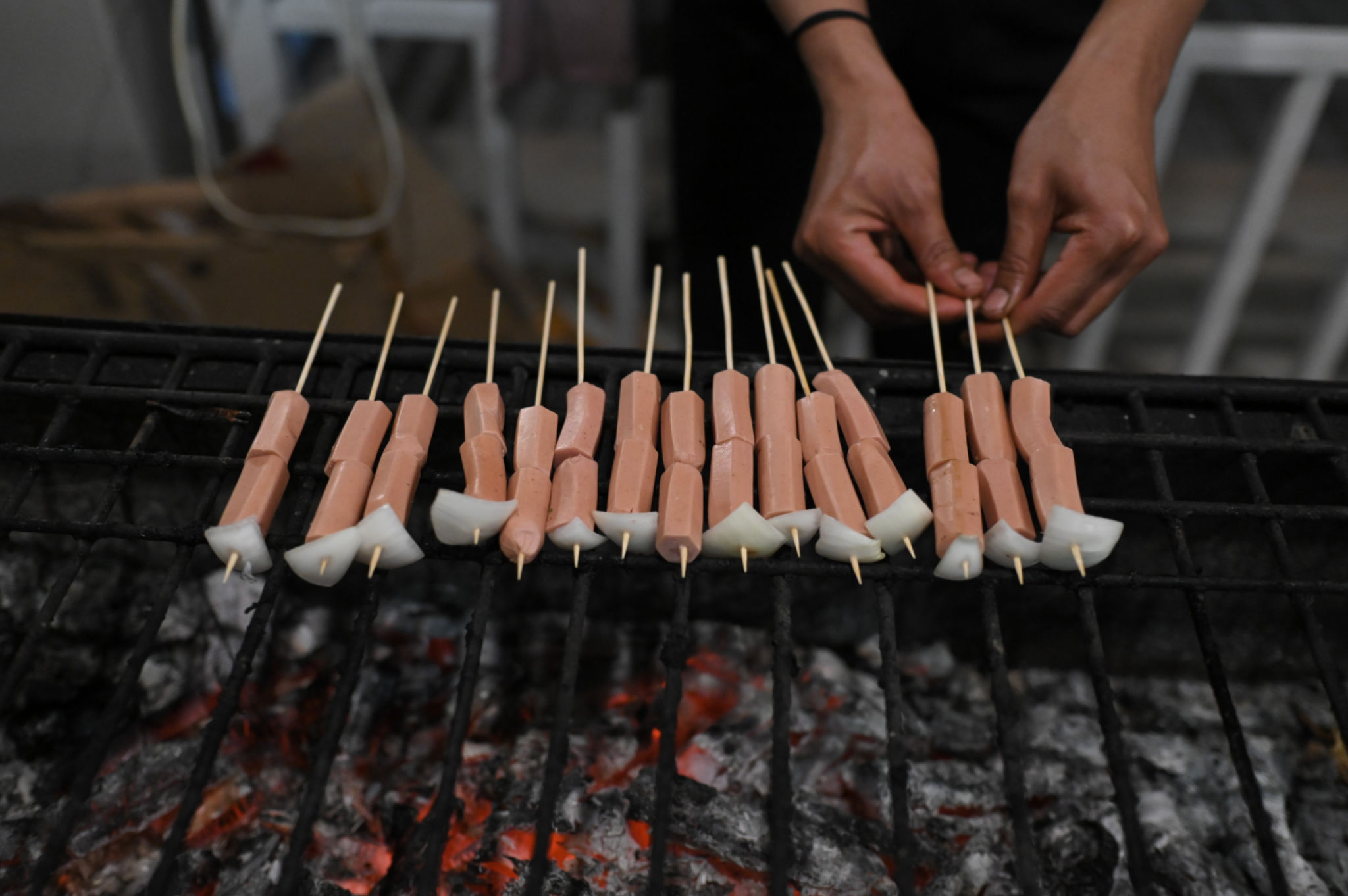Expert Tips: Using Acetylene Safely for Welding Projects
Understanding Acetylene in Welding
Acetylene is a colorless, highly flammable gas used extensively in welding and cutting applications. Its ability to produce a flame temperature of over 5700°F makes it ideal for tasks requiring high heat. However, due to its volatile nature, handling acetylene requires a strong understanding of safety measures.
Before beginning any welding project, it's crucial to understand the properties of acetylene. This knowledge not only ensures efficient use but also helps prevent potential accidents. Remember, safety should always be the top priority when working with such powerful tools.

Proper Storage and Handling
Storage Guidelines
Acetylene cylinders must be stored upright in a well-ventilated area away from heat sources and electrical circuits. Ensure that they are secured properly to prevent tipping. It's important to keep them away from flammable materials and substances that can react with acetylene.
Handling Precautions
When handling acetylene cylinders, always use appropriate personal protective equipment (PPE), including gloves and safety goggles. Ensure that you are trained in the proper procedures for connecting and disconnecting cylinders to prevent leaks or accidental releases.

Setting Up for Welding
Inspect Equipment
Before starting any welding project, inspect your equipment thoroughly. Check hoses for any signs of wear or damage and ensure connections are tight. A small leak can lead to significant hazards, so it's important to listen for hissing sounds and smell for unusual odors.
Adjusting the Flame
A proper flame adjustment is crucial for effective welding. Start by opening the oxygen valve slightly, then open the acetylene valve until you hear a slight hiss. Ignite the gas using a flint striker instead of a lighter or match. Adjust the flame until it is neutral, characterized by a sharp inner cone.

During the Welding Process
Maintain a Safe Environment
Ensure that your workspace is free from clutter and unnecessary materials that may ignite from sparks or hot metal. Always have a fire extinguisher nearby and know how to use it in case of an emergency.
Monitor Gas Levels
While working, keep an eye on your gas levels. Running out of acetylene unexpectedly can lead to incomplete welds and potential safety risks. Regularly check the gauges and replace cylinders as needed to maintain a continuous supply.
Post-Welding Safety
After completing your welding project, make sure to shut off the gas supply first at the cylinder, then bleed the lines by igniting any remaining gas. This step is critical to prevent accidental releases when not in use.
Finally, store your equipment properly and perform any necessary maintenance to ensure it's ready for future use. Regular checks and cleaning can extend the life of your tools and improve safety outcomes.

